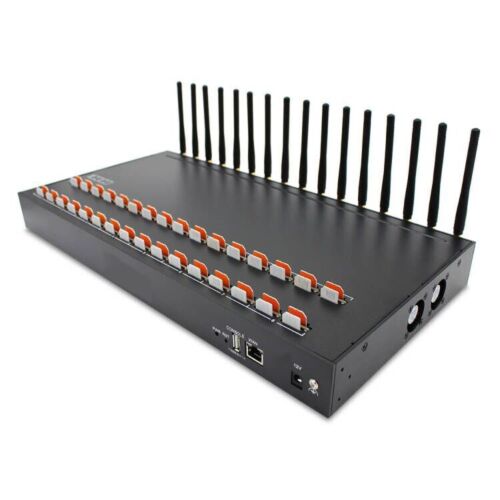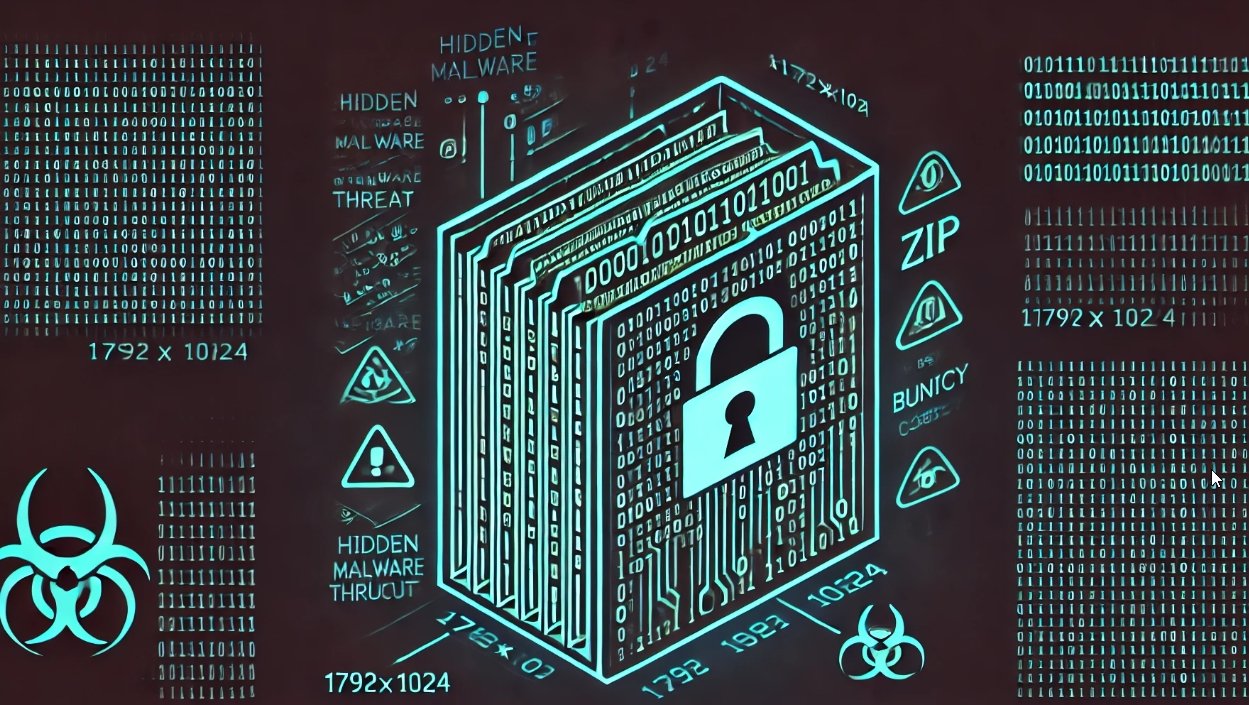Nowadays, cyber threats are advancing more rapidly than ever in history. They pose big risks to organizations worldwide. SOCs are the answer to that. They do this by monitoring, detecting, and responding. Automating security tasks is key to making cybersecurity more efficient.
This article explores the benefits of SOC automation, key processes, challenges, solutions, and best practices.
What is SOC Automation?
SOC automation involves using automated processes and technologies in security operations centers. This is done to streamline cybersecurity operations. SOC automation components include advanced monitoring tools and incident response systems. Others are SIEM platforms and automated threat intelligence feeds. This integration allows SOC teams to find, analyze, and respond to security incidents in real time. It increases their threat visibility and efficiency.

Current trends in SOC automation focus on using AI and ML algorithms. Their goal is to improve predictions and automate decisions. That means SOC teams can detect and mitigate potential security threats earlier and stop attacks before they become severe.
Security Operations Center Automation Benefits
SOC automation is advantageous for organizations seeking enhanced security measures. Below are some of the benefits of SOC automation:
Faster Threat Detection and Response
Automated monitoring and analysis means SOC teams detect and respond faster, have shorter dwell time, and less damage from attacks.
Cost savings and Resource Optimization
By automating boring repetitive tasks, organizations can reallocate resources and operational costs in the SOC to more strategic security projects.
Faster Incident Response and Recovery
Automated incident response means containment and recovery are faster and less damage to assets and reputation.
Improved Accuracy
Automation means human error is reduced so critical security breaches are detected and responded to quickly and correctly. It also means false alarms are reduced so SOC analysts can get to the real security threats that matter.
Essential Processes for SOC Automation
Effective security automation platforms rely on several essential security processes that streamline cybersecurity operations:
1. Threat Intelligence Integration
Threat intelligence platforms play a pivotal role in security operation center automation. That’s collecting, analyzing, and using threat data from threat feeds, security reports, and open-source intelligence. An automated security tool makes that happen in real time.
By using automated threat intelligence feeds, SOC teams can monitor and defend against new cyber threats. Those feeds mean risk identification is faster and countermeasures and threat mitigation can be applied. Integrated security intelligence makes detection more accurate and gives decision-making in the SOC more context to be more secure against advanced attackers.
2. Security Incidents’ Detection and Response
Automated detection systems are key to SOC automation. They monitor networks and endpoints for unusual activity and security incidents 24/7.
When an incident is detected, automated response triggers predefined actions – isolate systems, block traffic, and alert security analysts to investigate. That means the SOC can respond faster and reduce damage and asset integrity. The automated process also reduces the dependency on human intervention for initial response actions.
3. Security Information and Event Management Systems
SIEM systems are part of security operations center automation. They collect and correlate security event data from all over the organization. They give network activity, user behavior, and system logs in one place for threat detection and response.
Automated SIEM platforms analyze event logs in real-time with rule-based correlation and anomaly detection to find patterns of security incidents or policy breaches.
By correlating and analyzing events, SIEM systems make SOC operations faster and get resources to respond and mitigate faster. That’s proactive security for the organization against all cyber threats in today’s threat landscape.
4. Vulnerability Management
Vulnerability management is part of SOC automation. That’s finding and fixing weaknesses in networks and systems. Automated vulnerability management tools scan IT infrastructure for vulnerabilities and severity of security.
By automating those assessments, organizations can prioritize and fix vulnerabilities faster and the window of attack is shorter. That’s proactive security for all defenses and critical systems will be protected from exploitation and breach.
5. User and Entity Behavior Analytics
UEBA is part of SOC automation. AI and ML algorithms detect unusual user and entity behavior. It sets baseline behavior and monitors activity to find insider threats, unauthorized access, and other suspicious activity.
Automated User and Entity Behavior Analytics tools add to the SOC by detecting advanced cyber threats that traditional security doesn’t see. UEBA gives the SOC team early warning and means they can respond fast and risk and asset protection from new cyber threats.
Challenges and Solutions in SOC Automation
SOC automation has challenges and solutions. One of the challenges is integrating all the security tools and tech into the existing IT infrastructure. That’s planning, testing, and maintenance.
Additionally, reducing reliance on human intervention for routine tasks is another significant challenge. Automating repetitive tasks such as threat monitoring and incident response can minimize human error. It also accelerates response times
Another challenge is that security threats are changing all the time. Therefore, SOC teams need to be up-to-date with the latest threat intelligence and defense mechanisms. That means investing in advanced detection technology and external cybersecurity experts and industry peers.
Data privacy and compliance is another challenge in SOC automation, especially with GDPR and CCPA. Organizations need to protect data and be compliant or else it’s legal and customer trust will be lost.
And the skills gap in the SOC team is still a challenge. Addressing the skills gap among security teams is crucial for effective SOC automation implementation.
By planning, investing, and skill development, organizations can be more secure and get more out of SOC automation.
Best Practices for SOC Automation
SOC automation success is about these best practices:
Automation Goals
Define automation goals and metrics for SOC automation that map to the organization’s cybersecurity goals.
Security Tools and Technology
Choose security automation solutions and technologies that fit into the existing IT infrastructure and add to the SOC.
Monitoring and Improvement
Review and update SOC automation processes regularly for new threats and vulnerabilities.
Security Teams’ Collaboration and Communication
Cross-functional teams in the SOC need to collaborate and share knowledge.
Conclusion
SOC automation is key to modern security, and proactive defense against new threats. Automated tools like threat detection, incident response, SIEM, vulnerability management, and UEBA make operations faster and more effective. SOC automation means organizations are ready for the digital future and security.
As threats change, SOC automation is needed. Solutions need to be customized to the business and goals to protect assets and be secure. SOC automation is more than tech—it’s a strategic requirement for security excellence and resilience in the digital world.

Working as a cyber security solutions architect, Alisa focuses on application and network security. Before joining us she held a cyber security researcher positions within a variety of cyber security start-ups. She also experience in different industry domains like finance, healthcare and consumer products.










